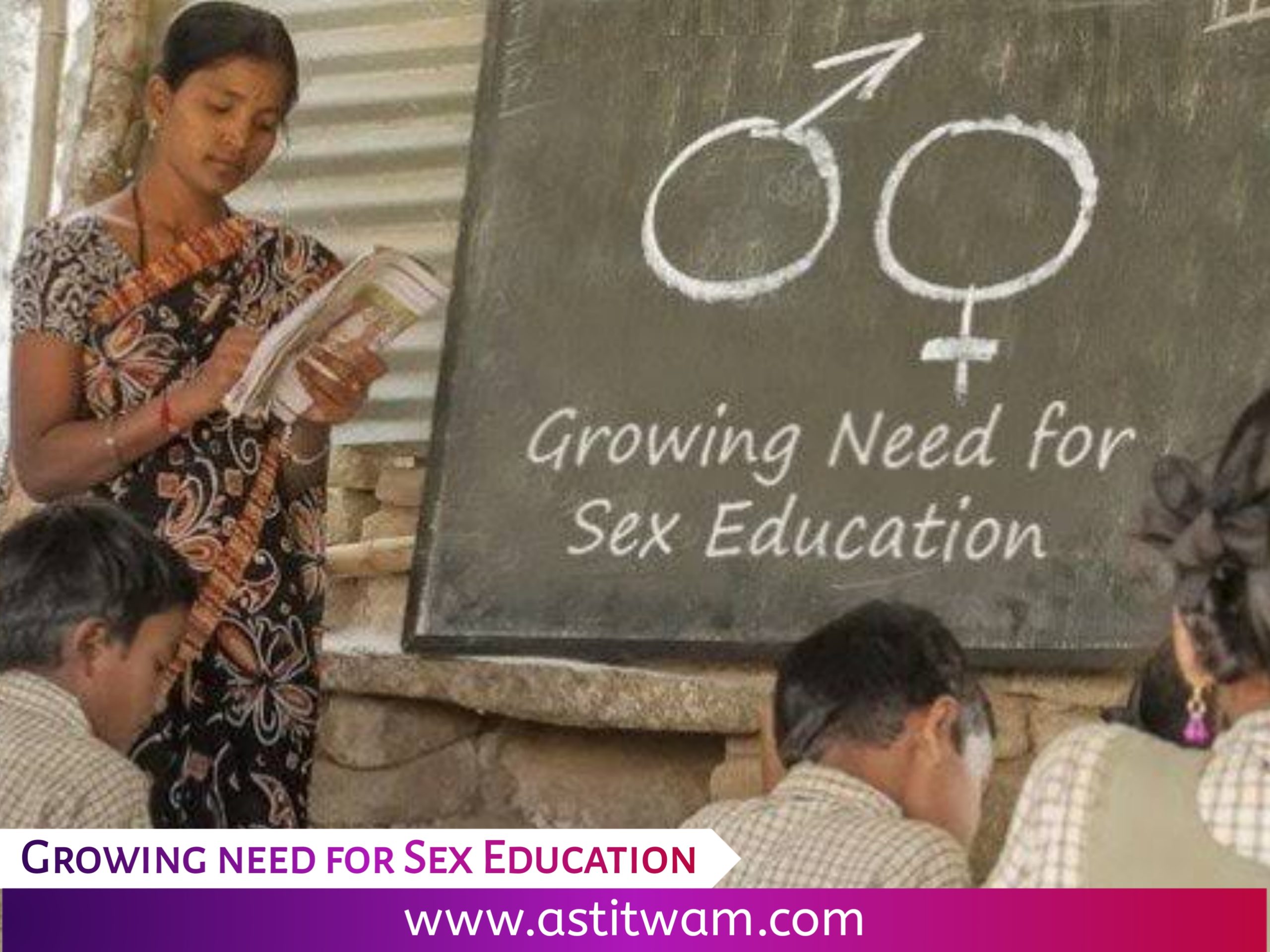Nurturing Healthy Adolescents: Addressing Toxicity for Positive Development

Toxicity during adolescence refers to negative and harmful behaviors, attitudes, or environments that can have a detrimental impact on the well-being and development of teenagers. It can manifest in various ways and affect adolescents both online and offline. Here are some examples of toxic elements that can emerge during this stage:
- Peer pressure: Adolescents may face intense pressure from their peers to conform to certain behaviors or engage in activities that are unhealthy or risky, such as substance abuse, bullying, or engaging in harmful relationships.
- Cyberbullying: With the rise of technology and social media, cyberbullying has become a prevalent issue. It involves using digital platforms to harass, intimidate, or humiliate others, causing significant emotional distress to the victim.
- Body shaming: Adolescents may experience body image issues and be subjected to toxic messages about their appearance. Body shaming, whether through online platforms or in-person interactions, can lead to low self-esteem, unhealthy eating habits, and mental health issues.
- Emotional and verbal abuse: Toxic relationships can involve emotional manipulation, verbal insults, or controlling behaviors. Such toxic dynamics can negatively impact an adolescent’s self-esteem, emotional well-being, and ability to form healthy relationships in the future.
- Online toxicity: Online spaces can be filled with toxic behavior, such as cyberbullying, trolling, or the spread of hateful and derogatory content. Exposure to such toxicity can harm an adolescent’s mental health, self-esteem, and overall sense of well-being.
- Unrealistic social media standards: Adolescents often compare themselves to carefully curated images and lifestyles depicted on social media platforms. These comparisons can lead to feelings of inadequacy, anxiety, and depression when they don’t measure up to unrealistic standards.
- Parental pressure: High expectations, excessive control, or constant criticism from parents can contribute to a toxic environment for adolescents. It may lead to feelings of inadequacy, rebellion, and strained parent-child relationships.
- Discrimination and prejudice: Adolescents may encounter toxic attitudes and behaviors based on race, ethnicity, gender, sexual orientation, or other aspects of their identity. Such discrimination can significantly impact their self-worth and psychological well-being.
- Substance abuse: Peer influence, stress, and curiosity can lead some adolescents towards experimenting with drugs and alcohol, leading to toxic habits and potential addiction.
Addressing toxicity during adolescence requires a multi-faceted approach involving parents, educators, and the wider community. Strategies to combat toxicity include:
- Encouraging open communication and creating a safe and supportive environment where adolescents feel comfortable expressing their feelings and concerns.
- Teaching assertiveness skills and promoting healthy boundaries to help adolescents resist negative peer pressure.
- Providing education and awareness about the impact of toxic behavior, such as cyberbullying or substance abuse.
- Promoting media literacy and critical thinking skills to help adolescents navigate and interpret media messages effectively.
- Building resilience and self-esteem through positive reinforcement, encouraging healthy coping mechanisms, and fostering a sense of belonging.
- Implementing anti-bullying policies and interventions within schools and communities to address toxic behaviors and promote inclusivity.
- Seeking professional help and support when necessary, such as therapy or counseling, to address and mitigate the effects of toxic experiences.
It’s essential to create an environment where adolescents feel empowered, supported, and equipped with the tools to navigate toxic situations, foster healthy relationships, and develop into resilient individuals.




